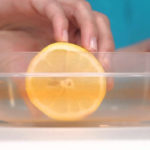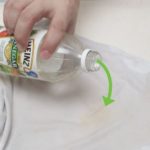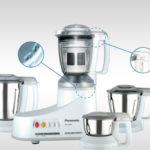It’s important to inspect your electrical appliances and consider replacements if necessary after storms or floods. Discover some simple steps to deal with water-damaged electrical appliances below.
1 Clean the Appliance
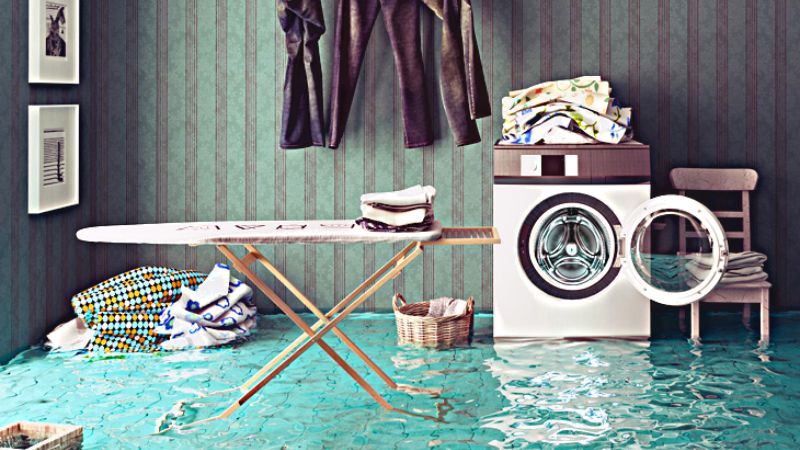 Clean off any mud or dirt
Clean off any mud or dirt
Mud and dirt can cling to electrical appliances after flooding. Carefully remove the outer casing and rinse the appliance with water. Then, use a dry cloth to wipe it dry. Failing to clean the appliance thoroughly may result in mud retaining moisture and damaging the appliance over time.
2 Dry the Appliance
After cleaning, it’s crucial to dry the electrical appliance thoroughly:
 Use a hairdryer to dry the appliance
Use a hairdryer to dry the appliance
Alternatively, if you don’t have a hairdryer, place the appliance in a wooden box or sturdy cardboard box. Put two to three incandescent light bulbs inside and leave them on for about eight hours to dry the appliance thoroughly.
3 Test for Electrical Safety
Even after drying the appliance, refrain from plugging it in immediately. Doing so may lead to electrical faults, sparks, or smoke if the appliance is not entirely dry. Use a multimeter to test for electrical insulation by measuring the insulation resistance, which should be approximately 0.5M Ohms before plugging in the appliance.
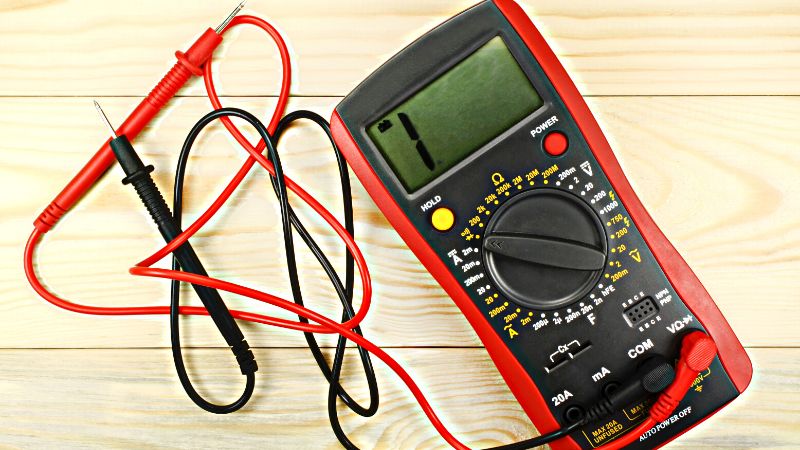 Test for electrical safety before plugging in
Test for electrical safety before plugging in
If you’re unsure about drying the appliance yourself, consider taking it to a repair shop for professional assistance. Additionally, for appliances like refrigerators, ovens, and microwaves, it’s advisable to test and dry the insulation if it’s damp.
These are simple steps to deal with water-damaged electrical appliances. Thank you for reading, and stay tuned for more informative articles on our website!
Discover How to Safely and Efficiently Deodorize Kitchen Utensils
Are you worried about the strong odors emanating from your frequently used household appliances? Don’t be tempted to reach for harsh detergents – instead, try these simple and safe deodorizing tips, guaranteed to leave your home smelling fresh and clean!


























